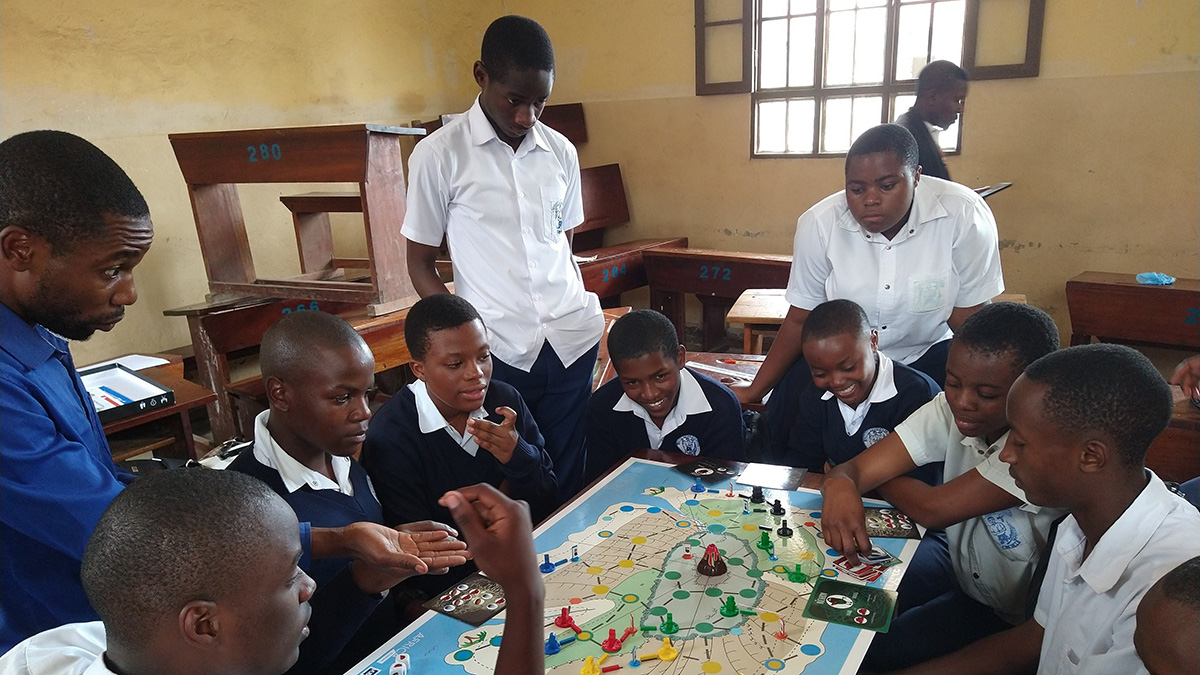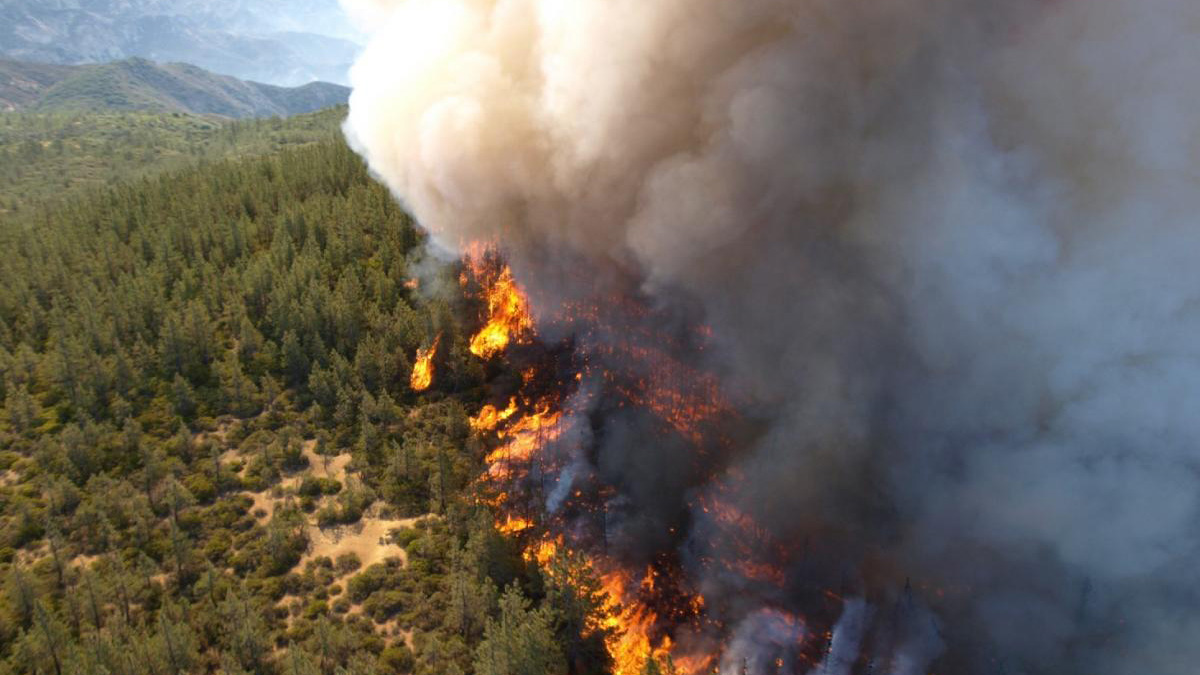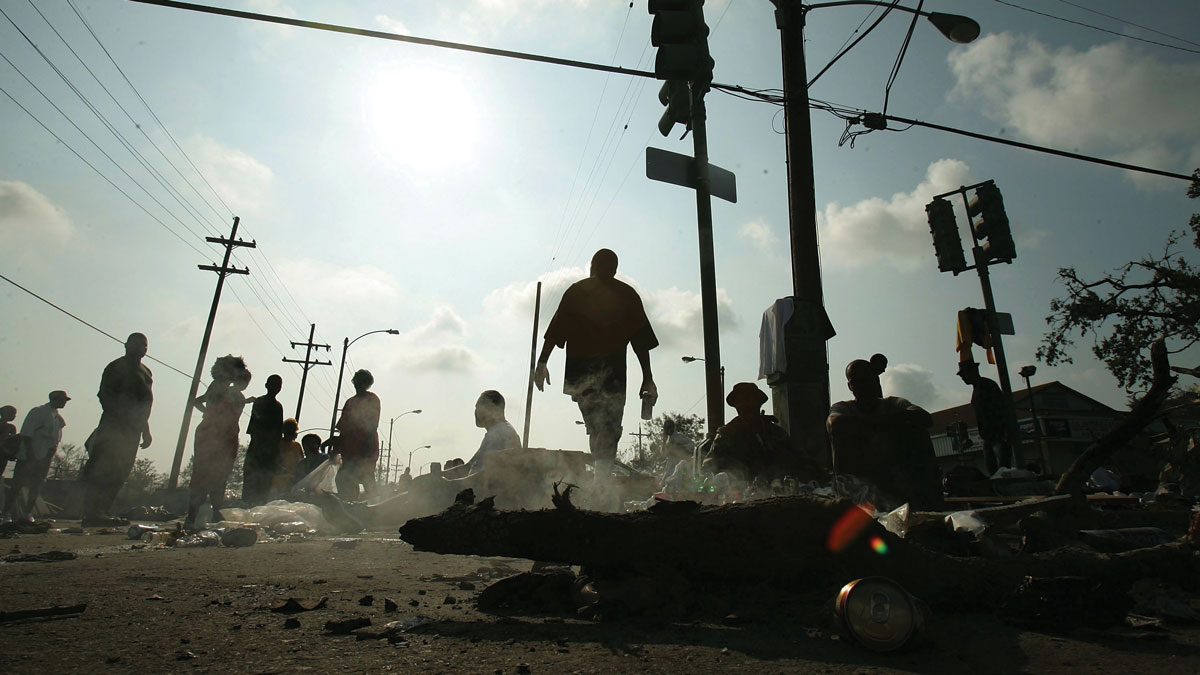In the shadow of a deadly eruption in 2021, students in Goma, Democratic Republic of Congo, are learning about future hazards.
disaster preparedness
Climate Change, Megafires Crush Forest Regeneration
High-intensity fires in western states kill mature trees and their seeds while warmer, drier conditions stress seedlings. But forest managers can still intervene to change this trajectory.
The Mental Toll of Climate Change
Researchers are more quickly acknowledging the many ways in which the global climate crisis is affecting our mental health.
A Common Language for Reporting Earthquake Intensities
Scientists are working together to establish a standardized international scale for measuring and reporting the intensities and impacts of earthquake shaking.
Glacial Lakes Can Unleash Deadly Deluges. How Risky Are They?
Breaches in glacial lake dams threaten millions around the world, and scientists are investigating how climate change might affect that risk.
Extreme Wildfires Make Their Own Weather
Extreme fires in the western United States and Southeast Asia influenced the local weather in ways that make fires and smoke pollution worse.
Accounting for Offbeat Earthquakes Could Improve Forecasts
A new model considers the full history of earthquakes on a fault, improving forecasts of when the next will strike.
Scientists Decipher the Seismic Dance of the Southern Alps
Most of the Alps are considered tectonically dead, but according to new research, the southeastern region—home to prosecco wine—is very much alive.
Engineering with Nature to Face Down Hurricane Hazards
Natural and engineered, nature-based structures offer promise for storm-related disaster risk reduction and flood mitigation, as long as researchers can adequately monitor and study them.
Social Media Posts Reveal Human Responses to Deadly Tongan Eruption
Quantifying human responses to natural disasters could improve preparation for future threats, scientists say.










